In September 2024, I DIYed an RGB LED volume meter using the ATMEGA328P to collect analog signals and drive the WS2812. The strip is 1 meter long with a total of 60 LEDs, super cool and super fun so it’s basically online 24 hours a day
so it’s basically online 24 hours a day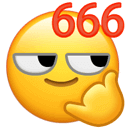 . Later, while browsing forums, many experts were talking about WLED; so why not give it a try? The available modules for running WLED include: ESP8266, ESP32C3, and ESP32S3; however, the official recommendation is still the ESP32. I tried using ESP8266 and ESP32C3, but felt that the I/O was quite limited
. Later, while browsing forums, many experts were talking about WLED; so why not give it a try? The available modules for running WLED include: ESP8266, ESP32C3, and ESP32S3; however, the official recommendation is still the ESP32. I tried using ESP8266 and ESP32C3, but felt that the I/O was quite limited and I failed to connect a digital microphone
and I failed to connect a digital microphone Later, I used a previously purchased ESP32 minimal system board to play with the circuit for a few days, and it felt okay. Eventually, I decided to buy an ESP32-WROOM-32 module and designed a PCB. As a side note: I had previously bought a minimal system board; after purchasing it in December 2020, I hardly used it. When I tried to use it later, it short-circuited upon powering on
Later, I used a previously purchased ESP32 minimal system board to play with the circuit for a few days, and it felt okay. Eventually, I decided to buy an ESP32-WROOM-32 module and designed a PCB. As a side note: I had previously bought a minimal system board; after purchasing it in December 2020, I hardly used it. When I tried to use it later, it short-circuited upon powering on . After checking for a long time, I found it was a problem with the USB chip, so I removed the USB chip and used it externally each time. During debugging after the PCB prototype was made, I encountered another issue; at that time, to find the cause, I also removed the module from this board, and the board was a bit dirty, about to be thrown away, so I didn’t clean it, just took a quick look
. After checking for a long time, I found it was a problem with the USB chip, so I removed the USB chip and used it externally each time. During debugging after the PCB prototype was made, I encountered another issue; at that time, to find the cause, I also removed the module from this board, and the board was a bit dirty, about to be thrown away, so I didn’t clean it, just took a quick look . By the way, I also had an Arduino Pro Mini that I hardly used, which short-circuited upon powering on. Later, I found out it was a capacitor short circuit, so I ended up making a bunch of Arduino Nano
. By the way, I also had an Arduino Pro Mini that I hardly used, which short-circuited upon powering on. Later, I found out it was a capacitor short circuit, so I ended up making a bunch of Arduino Nano
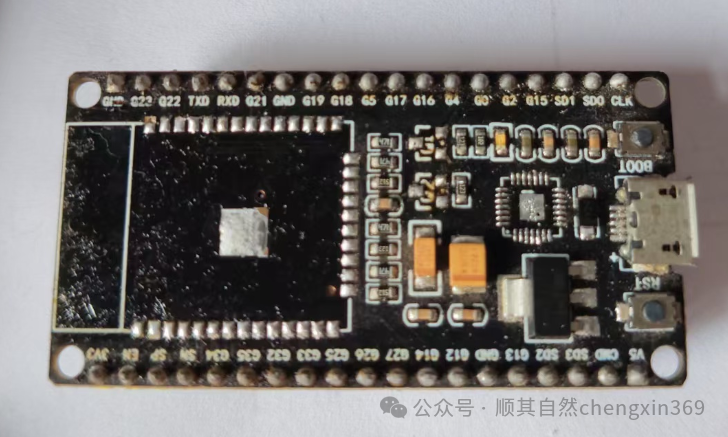 1. Minimal System:
1. Minimal System: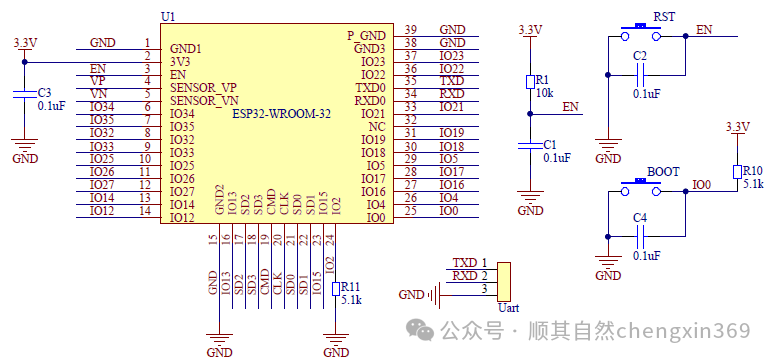 2. Digital Microphone: INMP441 I2S Communication
2. Digital Microphone: INMP441 I2S Communication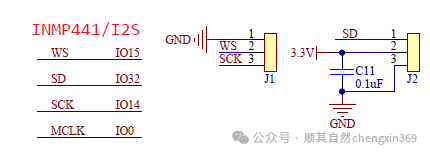 3. I/O, Power Supply
3. I/O, Power Supply 4. Level Shifting Matching Circuit: ESP32 3.3V, WS2812 5V
4. Level Shifting Matching Circuit: ESP32 3.3V, WS2812 5V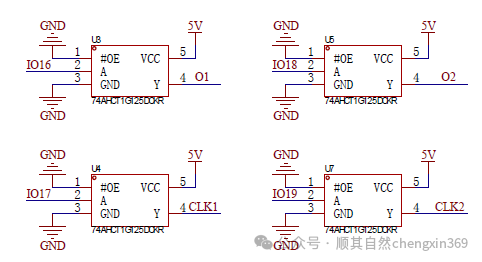 5. PCB
5. PCB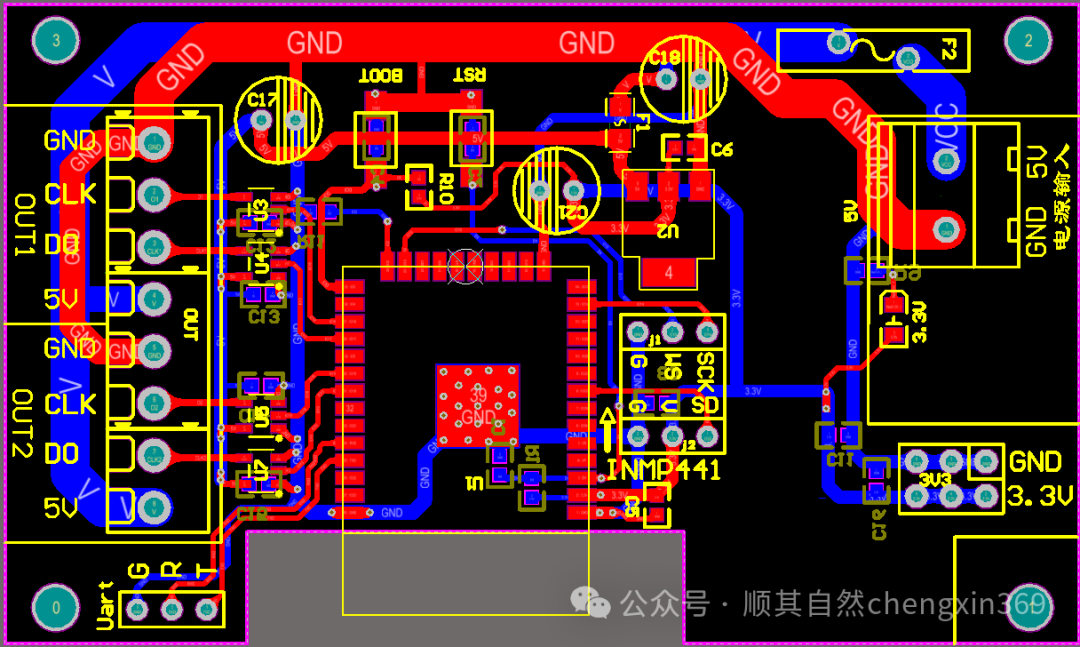 6. After Soldering
6. After Soldering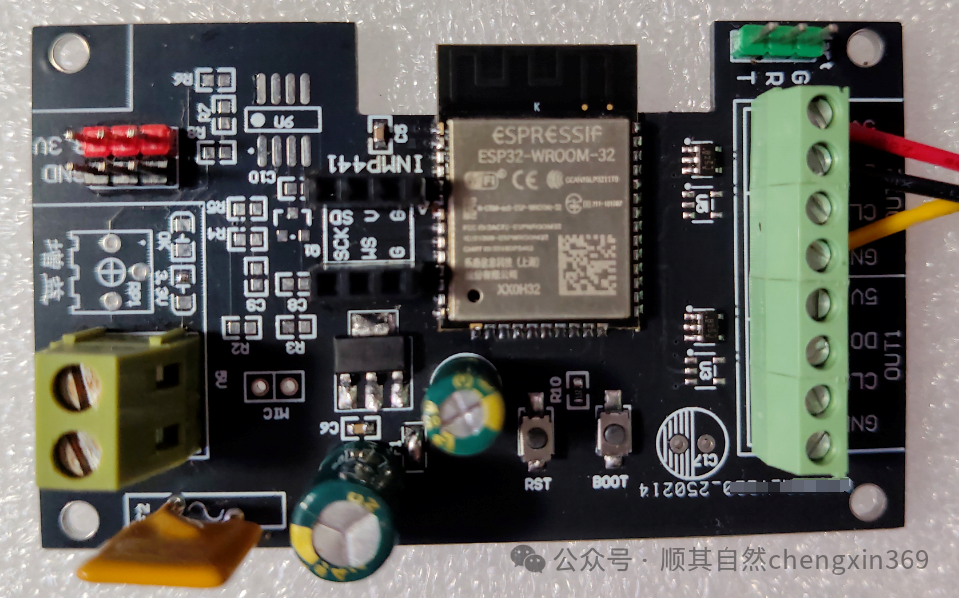 Go to the WLED website to flash the firmware, and then control it in Home Assistant
Go to the WLED website to flash the firmware, and then control it in Home Assistant